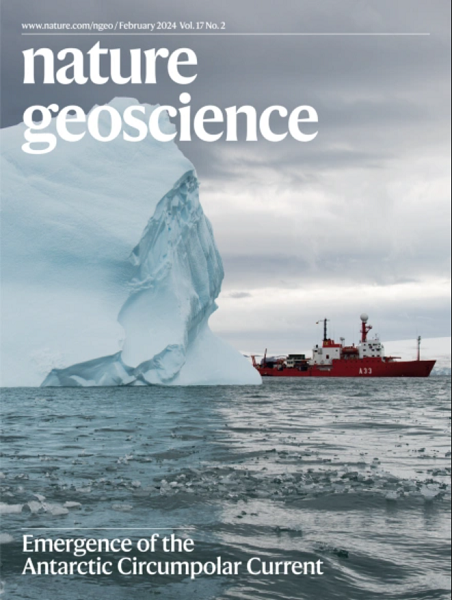Large CO2 removal potential of woody debris preservation in managed forests
IF 16.1
1区 地球科学
Q1 GEOSCIENCES, MULTIDISCIPLINARY
引用次数: 0
Abstract
Limiting climate warming to 1.5 °C requires reductions in greenhouse gas emissions and CO2 removal. While various CO2 removal strategies have been explored to achieve global net-zero greenhouse gas emissions and account for legacy emissions, additional exploration is warranted to examine more durable, scalable and sustainable approaches to achieve climate targets. Here we show that preserving woody debris in managed forests can remove gigatonnes of CO2 from the atmosphere sustainably based on a carbon cycle analysis using three Earth system models. Woody debris is produced from logging, sawmill wastes and abandoned woody products, and can be preserved in deep soil to lengthen its residence time (a measure of durability) by thousands of years. Preserving annual woody debris production in managed forests has the capacity to remove 769–937 GtCO2 from the atmosphere cumulatively (10.1–12.4 GtCO2 yr−1 on average) from 2025 to 2100, if its residence time is lengthened for 100–2,000 years and after 5% CO2 removal is discounted to account for CO2 emission due to machine operation for wood debris preservation. This translates to a reduction in global temperatures of 0.35–0.42 °C. Given the large potential, relatively low cost and long durability, future efforts should be focused on establishing large-scale demonstration projects for this technology in a variety of contexts, with rigorous monitoring of CO2 removal, its co-benefits and side-effects. Land surface modelling suggests that preserving woody debris in managed forests could remove 769–937 GtCO2 from the atmosphere between 2025 and 2100.


管理森林中木屑保存的巨大二氧化碳去除潜力
将气候变暖限制在1.5°C需要减少温室气体排放和二氧化碳清除。虽然已经探索了各种二氧化碳去除策略,以实现全球净零温室气体排放并考虑遗留排放,但有必要进一步探索更持久、可扩展和可持续的方法来实现气候目标。在这里,我们展示了在管理森林中保存木质碎片可以从大气中可持续地去除十亿吨二氧化碳,这是基于使用三种地球系统模型的碳循环分析。木屑是由伐木、锯木厂废料和废弃的木制品产生的,可以保存在深层土壤中,以延长其停留时间(耐久性的一种衡量标准)数千年。在管理森林中保存每年产生的木屑,如果其停留时间延长100 - 2000年,并且考虑到机器操作保存木屑所产生的二氧化碳排放量,则从2025年到2100年,可累计从大气中清除769-937 GtCO2(平均10.1-12.4 GtCO2年−1)。这意味着全球气温将降低0.35-0.42°C。鉴于潜力巨大、成本相对较低和持久性较长,今后的努力应侧重于在各种情况下为这项技术建立大规模示范项目,并严格监测二氧化碳的清除、其共同利益和副作用。
本文章由计算机程序翻译,如有差异,请以英文原文为准。
求助全文
约1分钟内获得全文
求助全文
来源期刊

Nature Geoscience
地学-地球科学综合
CiteScore
26.70
自引率
1.60%
发文量
187
审稿时长
3.3 months
期刊介绍:
Nature Geoscience is a monthly interdisciplinary journal that gathers top-tier research spanning Earth Sciences and related fields.
The journal covers all geoscience disciplines, including fieldwork, modeling, and theoretical studies.
Topics include atmospheric science, biogeochemistry, climate science, geobiology, geochemistry, geoinformatics, remote sensing, geology, geomagnetism, paleomagnetism, geomorphology, geophysics, glaciology, hydrology, limnology, mineralogy, oceanography, paleontology, paleoclimatology, paleoceanography, petrology, planetary science, seismology, space physics, tectonics, and volcanology.
Nature Geoscience upholds its commitment to publishing significant, high-quality Earth Sciences research through fair, rapid, and rigorous peer review, overseen by a team of full-time professional editors.
 求助内容:
求助内容: 应助结果提醒方式:
应助结果提醒方式:


